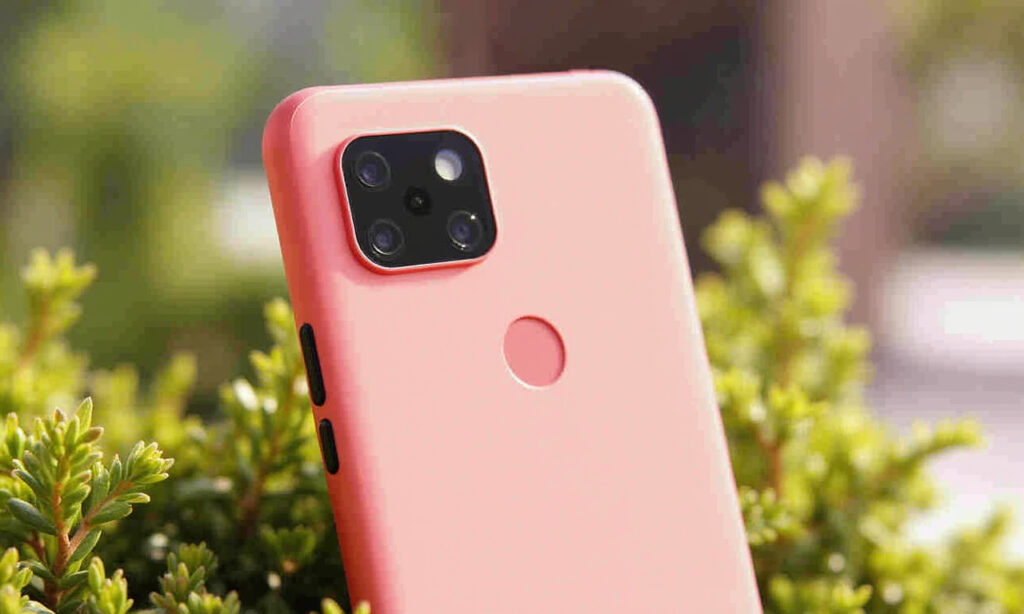The Google Pixel 9a has just hit the market, bringing with it a series of significant changes, particularly in its camera system and design. Here’s a detailed look at what’s new and how these changes impact the user experience.
The New Camera System
One of the most notable updates in the Pixel 9a is the new main camera sensor. Unlike its predecessors, the Pixel 8a and Pixel 7a, which featured a 64MP primary sensor, the Pixel 9a opts for a 48MP wide camera. This decision might raise eyebrows, but it’s driven by several key factors.
Design and Hardware Considerations
Google’s choice to use a smaller primary camera sensor was largely driven by the desire to achieve an almost-flush camera system. This design approach allows the phone to lie completely flat on a surface without wobbling, enhancing its overall aesthetic and usability[1][3].
The new sensor also enables the inclusion of Google’s Macro Focus feature, which uses a combination of hardware and software to focus on objects as close as five centimeters away. This feature, first introduced in the Pixel 7 Pro, produces some of the best macro shots on a phone without a dedicated macro lens[1][3].
Performance and Color Accuracy
Despite the reduction in megapixels, the Pixel 9a’s camera performance remains impressive. In fact, it reverses a trend seen in previous Pixel cameras that often oversaturated colors at the expense of accuracy. The Pixel 9a delivers the most color-accurate photos seen in several generations of Google phones, making it a standout in its class[1].
In terms of detail, while there might be a slight dip in certain lighting conditions, this is only noticeable upon close zooming. For most users, the difference will be minimal, and the overall image quality remains high[1].
Ultrawide and Other Features
The ultrawide camera on the Pixel 9a remains the same as on the Pixel 8a and Pixel 7a – a 13MP lens with an f/2.2 aperture and a 120-degree field of view. This consistency ensures that ultrawide shots retain similar levels of detail across these models[1].
Additionally, the Pixel 9a benefits from a range of AI-driven camera features, including Best Take for better portraits, Photo Unblur, Magic Editor for removing distractions, and Night Sight for enhanced low-light photography. The phone also includes features like Add Me, which uses AR and AI to let you add yourself to group photos[3].
Design Evolution
The Pixel 9a’s design is a significant departure from its predecessors and the higher-end Pixel 9 and 9 Pro models. Here’s what’s changed:
Minimalist Approach
Unlike the bold, elevated camera bar of the Pixel 9 and 9 Pro, the Pixel 9a features a flat back with a minimally domed camera bump. This design choice aligns with a more minimalist approach, making the phone look and feel distinct from other models in the series[2][3].
Material and Build Quality
Google used a thinner plastic OLED (pOLED) panel in the Pixel 9a, which allowed for more internal space and a lower camera placement, minimizing the camera bump while maintaining durability. The display itself has been improved, with peak brightness increasing from 2,000 to 2,700 nits, making it more suitable for use in bright environments[2][3].
User Experience and Practical Applications
Camera Usage
The Macro Focus feature is particularly noteworthy for users who often take close-up shots of food, plants, or small objects. The ability to capture detailed macro images without a dedicated lens is a significant advantage, especially considering the feature’s performance in low-light conditions[1][2].
Software and AI Enhancements
The Pixel 9a runs on Google’s Tensor G4 chip, the same processor found in the Pixel 9 and 9 Pro. This ensures that the phone can support a wide range of AI features, including those mentioned above. The combination of powerful hardware and advanced software makes the Pixel 9a a compelling choice for anyone looking for a mid-range smartphone with top-tier camera capabilities[3].
Long-Term Value
One of the key selling points of the Pixel 9a is its long-term value. Google promises seven years of major Android OS and security updates, ensuring that the phone remains secure and updated for an extended period. This commitment to longevity is rare in the mid-range segment and adds significant value to the device[3].
Conclusion
The Google Pixel 9a represents a thoughtful evolution of the Pixel series, balancing design, performance, and value. While it may not have the same Premium feel as the Pixel 9 and 9 Pro, it offers a unique set of features and improvements that make it a strong contender in the mid-range market. For users seeking a reliable camera phone with advanced AI capabilities and a promise of long-term support, the Pixel 9a is certainly worth considering.
